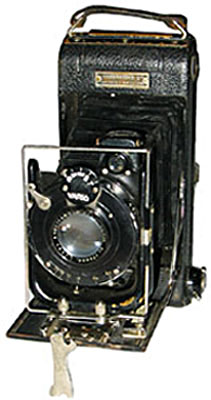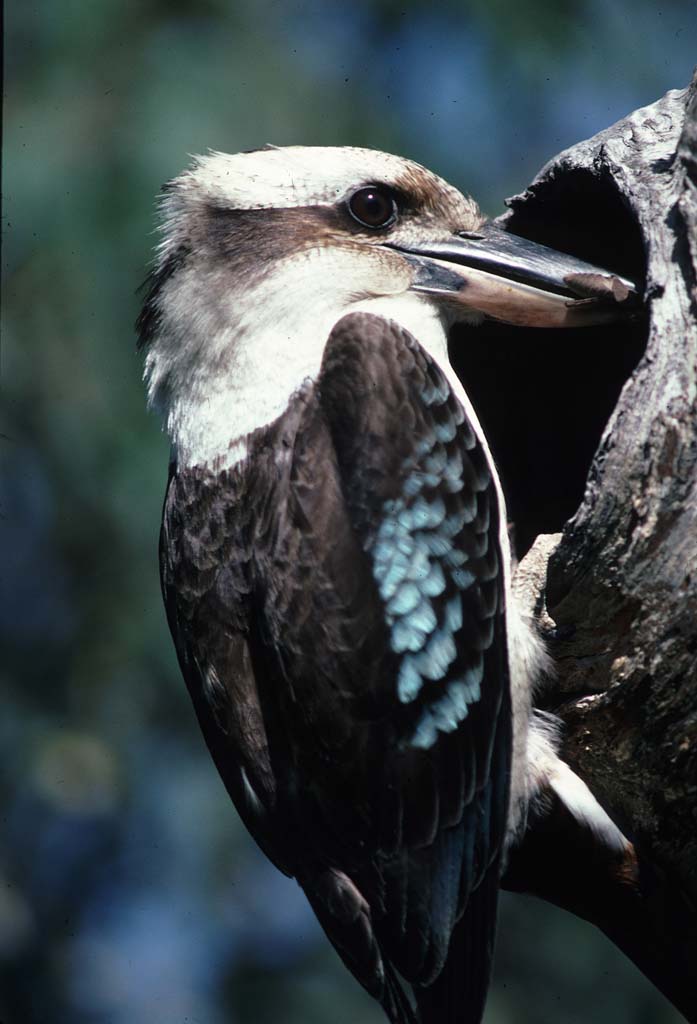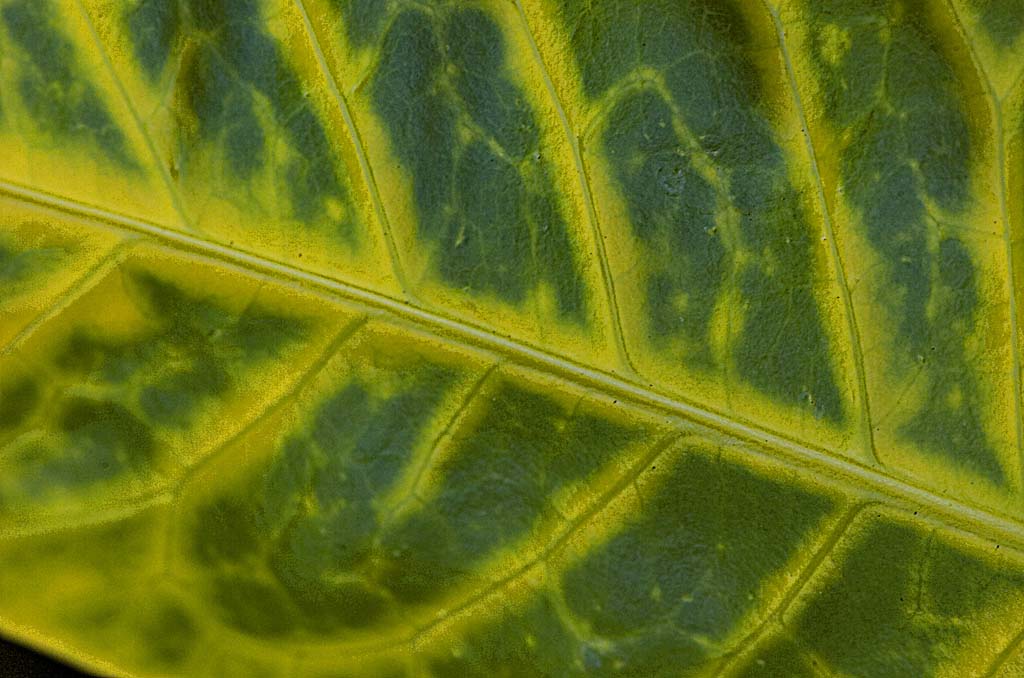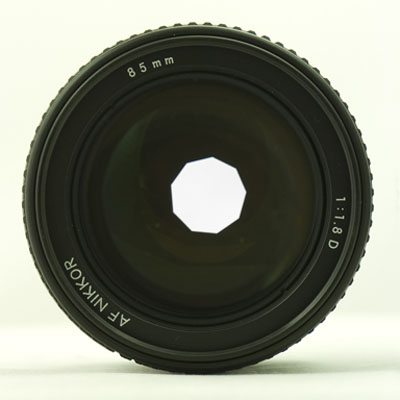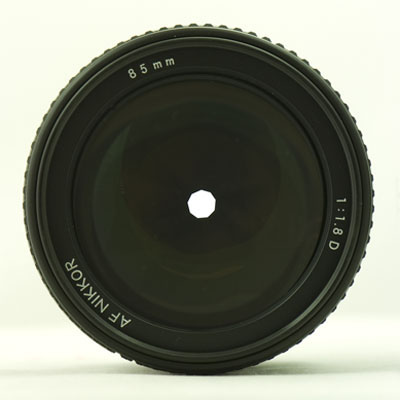The camera Obscura is believed to be an Arabic invention in the eleventh century where a dark room with a pinhole, produced an inverted image on the far wall and this was used for observing solar eclipses. Leonardo da Vinci originally described the idea.
In 1568 Daniel Barbaro produced a box with a lens instead of a pinhole which effectively was the first camera with a lens. He also experimented with using a smaller diaphram to produce a sharper image.
Louis Jacques Mande Daguerre and Joseph Nicephore Niepce worked together and after many years Daguerre using silver plates developed a photographic process in 1839, and from that time the camera was born. For many years the camera remained a cumbersome instrument until Geoge Eastman 1854-1932 founded the Eastman Kodak Company from which roll film developed, together with many other camera developments.
Author: Geoff
Shutter Speed
The shutter speed of the camera indicates how long the shutter remains open to let the light to the film or the digital sensor.
Slower shutter speeds will give a more blurred image and faster shutter speeds will help eliminate camera shake. A good rule to reduce camera shake is to use a shutter speed faster than the focal length of the lens in use. For example with a 100mm lens use a shutter speed of 1/100 of a second or shorter.
Abstract Photography
Abstract photography sometimes can also be alligned with minimalistic photography. This type of photography is generally referred to photography which captures different perspectives, shapes or patterns. Sometimes this type of photography can also be classified in the category of fine art prints. The idea is to capture an element which transforms something familiar into an images which may be intriguing and captures the imagination. The abstract photograph may not be recognisable as to its real existance.
Macro Photography
Macro photography is taking close up pictures of small objects. Generally the best camera for Macro photography is the Single Lens Reflex (SLR), as the view through the viewfinder is the same as that which appears on the cameras sensor.
Here we will also consider some of the method to get close up and some of the formulae used in close up photography, when using dioptre lenses, extension tubes and bellows units.
Lens Aperture
The aperture of the lens refers to the size of the opening inside the lens where the light passes through to reach the film or or the digital sensor. The f-stop number represent the ratio of the focal length of the lens to the diameter of the lens diaphragm opening of the lens. The f-stop number will control the depth of field of the image.
Principles of Photography
Photography is essentially about capturing light. Most of the light we capture in photography is reflected light from objects. There are exceptions such as the blazing light from a fire or light from a burst of fireworks or lightning. Light can be of a difuse nature, not emanating from a fixed source and this type of lighting can produce a very subdued and pleasing effect. Light can also be from a point source be very harsh and produce very hard shadows. Light can also come from different sources to produce different color effects. In every day life we see daylight, moonlight, artificial light, tungsten, fluorescent, infrared, flood lights, mercury vapour lights. In photography light creates the image. Light travels in straight lines and the further it gets from the source the weaker it gets.

